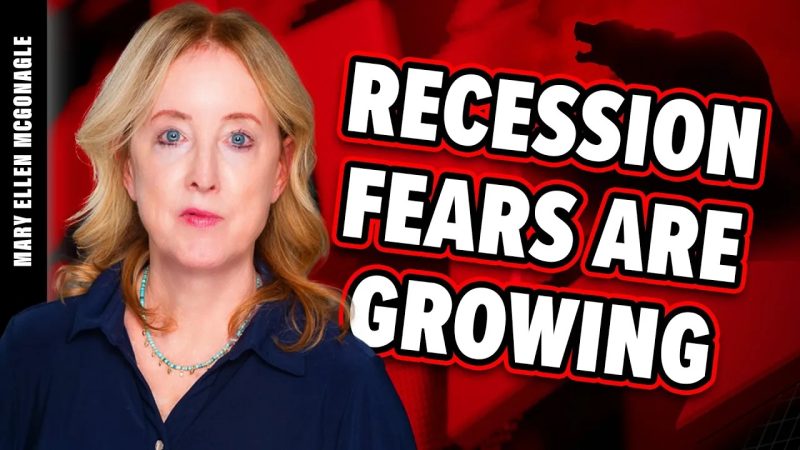The recent plunge in the financial markets has sent shockwaves through the global economy, sparking fears of an imminent recession. The uncertainty surrounding trade tensions and geopolitical issues has led to a volatile environment, with investors scrambling to assess the potential impact on their portfolios. As major indices experience sharp declines, concerns mount about the stability of the markets and the broader economic outlook.
Central to the downturn is the escalating trade war between the United States and China. The tit-for-tat tariffs imposed by both countries have raised the specter of a protracted conflict that could disrupt global supply chains and hinder economic growth. As companies face higher costs and reduced demand for their products, many are scaling back investments and hiring, further dampening economic activity.
Moreover, geopolitical tensions in regions such as the Middle East and Europe are adding to the uncertainty facing investors. The recent attacks on oil facilities in Saudi Arabia have sent oil prices soaring, raising concerns about energy security and potential supply disruptions. In Europe, Brexit-related uncertainties continue to weigh on the region’s economic prospects, with negotiations deadlocked and the deadline for a deal rapidly approaching.
The financial sector is particularly vulnerable to these headwinds, as banks struggle to navigate a low-interest-rate environment and a flattening yield curve. With economic indicators suggesting a deceleration in growth, investors are becoming increasingly risk-averse, flocking to safe-haven assets such as government bonds and gold. This flight to safety is further exacerbating the sell-off in equities, as investors seek to protect their portfolios from the growing downside risks.
In response to these challenges, central banks around the world are facing mounting pressure to act. The U.S. Federal Reserve has already cut interest rates twice this year, with more cuts expected in the coming months. Other central banks, including the European Central Bank and the Bank of Japan, are also considering additional stimulus measures to support their respective economies. However, the effectiveness of monetary policy in an environment of heightened uncertainty remains uncertain, as policymakers grapple with the limitations of their tools in mitigating the impacts of global trade tensions and geopolitical risks.
Looking ahead, the path to recovery remains uncertain, as investors brace for further volatility and market swings. The key will be how governments and central banks respond to the challenges facing the global economy, and whether they can provide the necessary support to restore confidence and stability to the financial markets. In the meantime, investors are advised to exercise caution and diversify their portfolios to mitigate risks in the current uncertain environment.
In conclusion, the recent downturn in the markets reflects a confluence of factors ranging from trade tensions and geopolitical risks to slowing economic growth. As investors grapple with increased uncertainty and volatility, the path forward remains fraught with challenges. By closely monitoring the evolving situation and adapting their investment strategies accordingly, investors can navigate the current environment and position themselves for long-term success.

